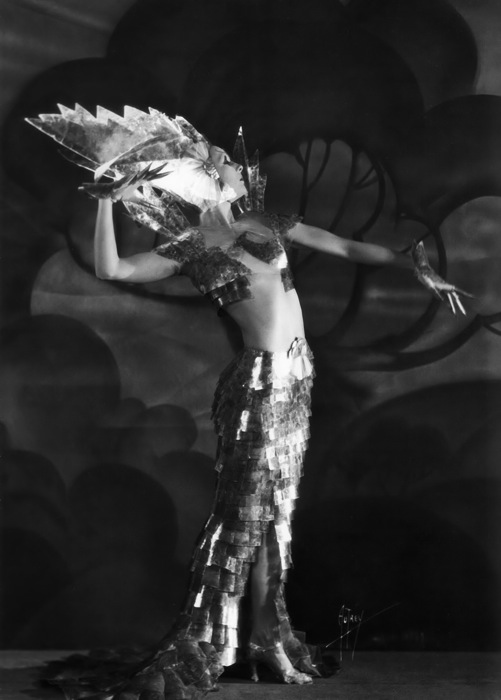 Acquired Tastes
Acquired Tastes
If one wanted, for whatever reason, to sketch a dividing line between the casual movie fan and the serious cinephile, the early talkies are probably the place to do it.
Their stars are unfamiliar—flashes-in-the-pan whose popularity is more mysterious and unaccountable than those that came immediately before and after. (Modern audiences instinctively understand the magnetism and sexuality of Valentino and Garbo or Stanwyck and Gabin; not so El Brendel, whose narrow ethnic burlesque is such an acquired taste that it beggars belief he was ever accorded starring roles in big-budget specials.)
Too often, discussion of the earliest sound movies (say, between 1928 and 1932, but especially those made before the summer of 1930) is heavily laced with apology. It’s assumed that they’re successful in spite of incontrovertible deficiencies. Their music often comes across as a soupy, repetitive mess. The sets are sometimes barely dressed. The takes are long and the camera movement minimal. The dialogue is so heavy it’s no wonder they were called talkies.
